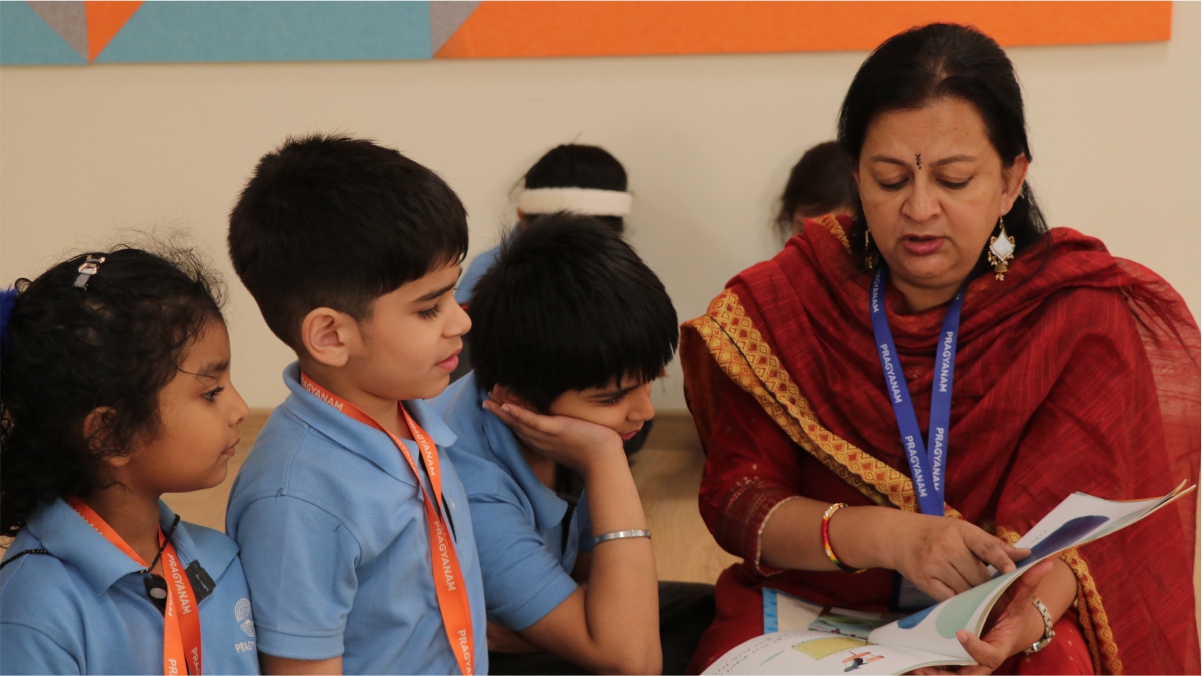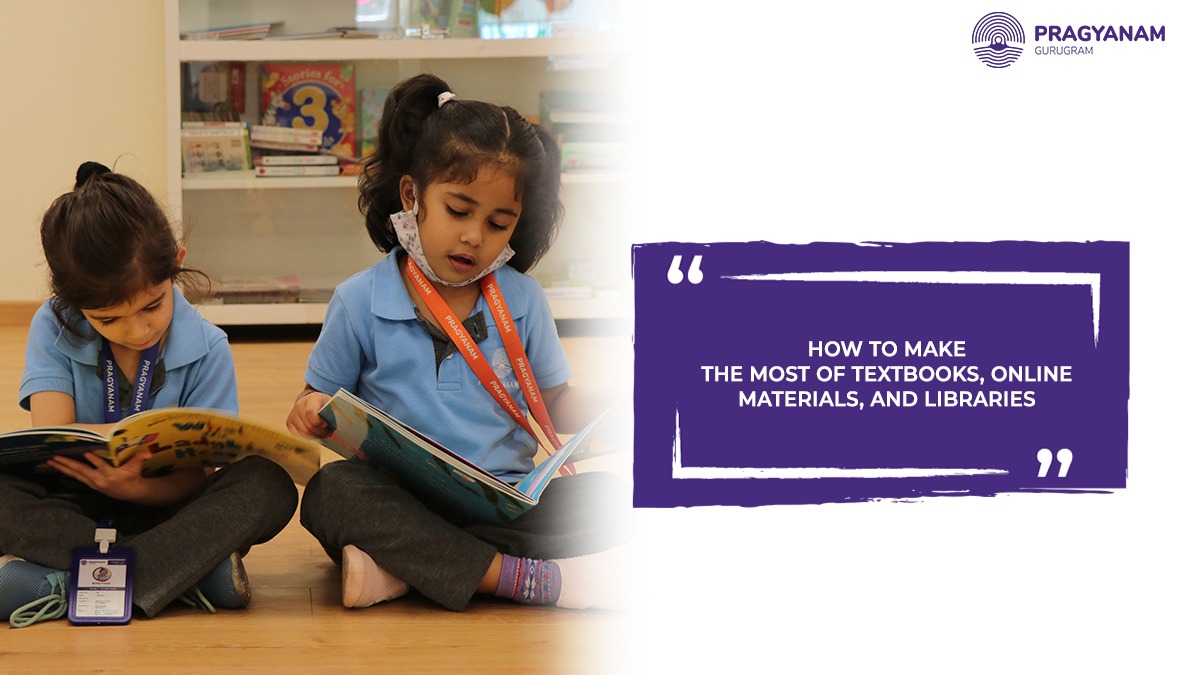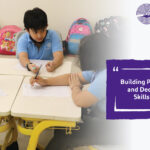As a student, do you feel inundated with a plethora of study Resources or material? Think textbooks, reference books, online material, physical and digital libraries, and more. Are you having a tough time assimilating so much information? Is the sheer volume of information overwhelming; is it weighing you down? Here are some handy tips that will help you sieve information and then retain it. These tips from one of the best CBSE schools in Gurgaon are practical strategies that will help you come to class prepared, perform better in exams, and, most importantly, to help you learn concepts and derive meaning from them. Read on.
Table of Contents
1. Chapter Preview
First things first. Before you dive head-on into a chapter or topic, spare some time to read the chapter preview. It will give you a good idea of what to expect when you get around to reading the chapter in detail. A chapter preview or summary will offer you things from the chapter that are significant and memorable. Done well, it will spark an interest in the topic, and pique your curiosity, enabling you to chart the new territory with curiosity as opposed to trepidation.

2. Active Reading
Once you get to the chapter per se, what needs to be undertaken is active reading. It is important to remember that active reading goes beyond the traditional wisdom of reading the chapter line by line or word by word if you like. The reason that reading line by line may or may not be active reading is that it doesn’t necessarily mean that you are engaging with the text. With active reading, on the other hand, there is a better comprehension of the material as well as its retention. Here are some active reading and Study resources strategies that may work for you:
- Before you take to reading the chapter in detail, make a list of areas that you already know about the topic. It will also help to list aspects that you do not know about and hope to learn as you read the chapter. Doing so will help you reinforce some existing ideas as you read the chapter, and also look for areas that you do not have much information about. You will also be better placed to retain the information that you gather.
- When you read the chapter for the first time, focus on the main ideas. These may be available to you by way of headings, titles & subtitles. Illustrations such as graphs, charts & other visuals will also help you assimilate the main idea. What may work well is also to convert major headings and topics into questions and then look for answers.
- It works well if, as you continue to read, you also generate questions that you need answers for. Importantly, these questions should help you ascertain the meaning and implications of the topic. The questions could also be used to test your understanding of the subject at a later date, and also be a guide for questions that you can be asked in an assignment or test.
- It helps to finish one entire segment before taking notes about the chapter. That way you focus on concepts as opposed to rote learning. Putting the notes in your own words also helps you ascertain your understanding of the chapter. This does not mean however that you ignore exact technical terms or keywords that will be important for you from an examination standpoint.
- Importantly, active reading involves making connections between what you have read with your life, phenomenon that you have witnessed, things that you have read earlier, and more. Doing this will help cement the information far more than any rote learning.
- Making mind maps is an important aspect that supports learning, improves the recording of information, shows how different facts and ideas are related, and more. Popularized by author and consultant Tony Buzan, it makes information easier to remember. Besides, mind maps also help in effectively summarizing information and consolidating information from multiple sources. Alternatively, you could also make flashcards for important information.

3. Digital Reading
In addition to the above points, when reading digital or e-textbooks, you could make use of a number of additional features such as bookmarking pages, following hyperlinks, and more. Make use of videos & animations to understand important concepts. You could also make use of interactive infographics & maps to drive home the information. Built-in search options in digital books can also go a long way in not just making navigation intuitive but also learning active.
Just as with physical textbooks, it will help if you follow the 3 P’s method in reading when it comes to digital books as well. The 3 P’s refer to Purpose, Preview & Plan. So before setting out, find the purpose of the chapter. Essentially this means arriving at the big picture. Next, preview the chapter with your purpose in mind. This may mean reading the chapter headings, looking at graphs, charts & more. Finally, make a plan on what you will need to do.
Additionally, do ensure that after reading the chapter, you test yourself by way of online quizzes, sample questions, and more. In the event that you do not have the time to solve all questions, you can try to do questions from segments that seem confusing to you.

4. Time Management
While this may not sound like study resources optimization advice, time management is an important aspect of studying. For starters, it works well to tackle a few pages at a time so that you can be sure that you understand the crux of the chapter. Long sessions can often result in burnout, which will come in the way of effective learning. The Pomodoro technique that advises you to take on 25-minute stretches of focused work broken by five-minute breaks is key. Longer breaks, typically 15 to 30 minutes, are taken after four consecutive work intervals. The technique works well in that it doesn’t allow you to be derailed by distractions while also ensuring that you do not work past the point of optimal productivity. That, in a way, allows you to enjoy gamified goal-setting, which is an added perk!
Here’s to effective studying and Optimizing study Resources, more so to effective and pleasurable learning!





